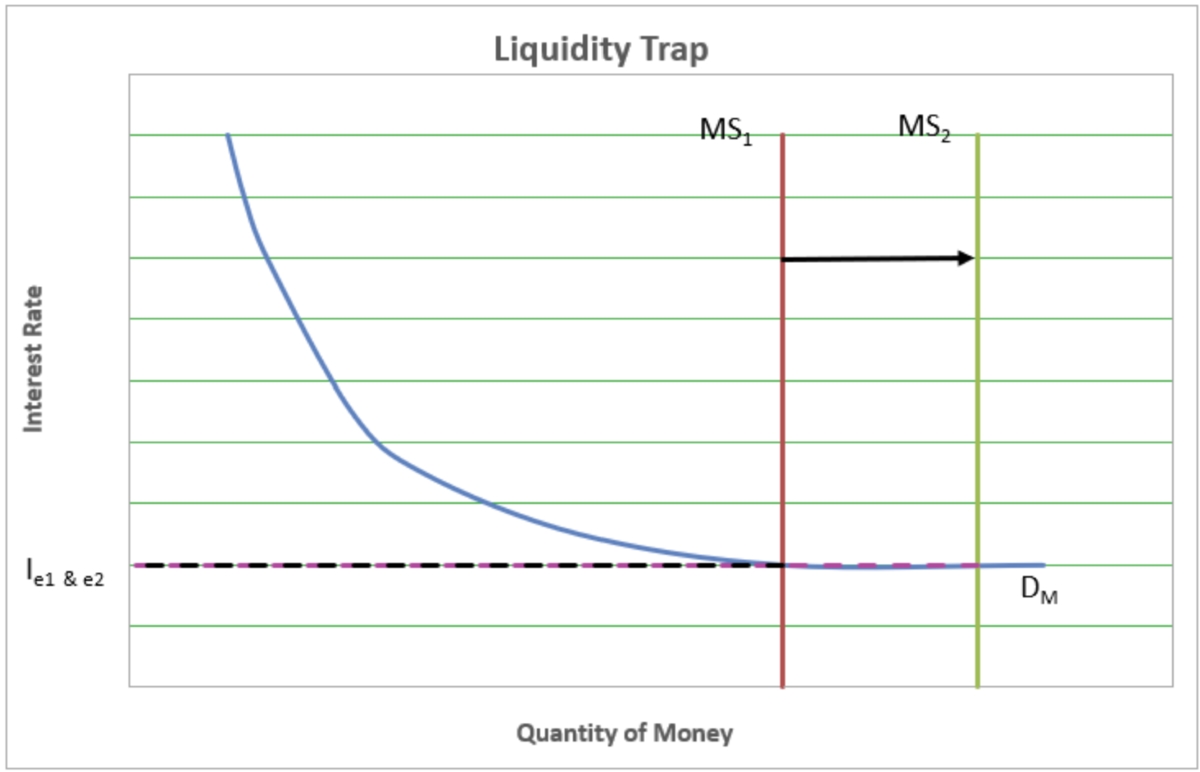Home>Finance>Poverty Trap: Definition, Causes, And Proposed Solutions


Finance
Poverty Trap: Definition, Causes, And Proposed Solutions
Published: January 9, 2024
Learn about the definition and causes of the poverty trap, and explore proposed solutions to alleviate it. Discover how finance plays a crucial role in breaking the cycle of poverty.
(Many of the links in this article redirect to a specific reviewed product. Your purchase of these products through affiliate links helps to generate commission for LiveWell, at no extra cost. Learn more)
Understanding the Poverty Trap: Definition, Causes, and Proposed Solutions
Have you ever wondered why certain individuals or communities seem to be caught in a never-ending cycle of poverty? The concept of a “poverty trap” refers to a situation where people are unable to escape poverty due to a variety of interconnected factors. In this article, we will explore the definition of the poverty trap, discuss its causes, and propose some potential solutions to break free from its constraints.
Key Takeaways:
- The poverty trap is a situation where individuals or communities are unable to lift themselves out of poverty due to a combination of factors.
- Causes of the poverty trap can include lack of access to education, limited job opportunities, inadequate healthcare, and social inequality.
What is the Poverty Trap?
The poverty trap can be described as a cyclical phenomenon where individuals or communities find it difficult, if not impossible, to escape poverty. It is a vicious cycle that traps people in an ongoing cycle of poverty, making it challenging for social mobility or economic progress to occur.
A poverty trap can be characterized by the following:
- Limited access to basic services like education, healthcare, and sanitation.
- Inadequate job opportunities and low wages, perpetuating a cycle of low income.
- Insufficient resources for investment and development.
- Social and economic inequalities that further marginalize individuals and communities.
Causes of the Poverty Trap
The poverty trap is often the result of a complex interplay of socio-economic factors. Here are some common causes of the poverty trap:
- Limited access to education: Lack of access to quality education can perpetuate the cycle of poverty. Without proper education, individuals may struggle to acquire the necessary skills and knowledge to secure better-paying jobs and break free from poverty.
- Lack of job opportunities: Inadequate job opportunities, particularly in rural areas, can make it difficult for individuals to find stable employment. This can lead to a reliance on low-income informal labor, further entrenching poverty.
- Inadequate healthcare: Poor access to healthcare services can have a devastating impact on low-income communities. Lack of affordable healthcare can lead to increased morbidity and mortality rates, reducing individuals’ ability to work and escape poverty.
- Generational poverty: Poverty can often be inherited, with children born into impoverished households facing limited opportunities for upward mobility.
- Social inequality: Deep-rooted social inequalities, such as discrimination based on gender, race, or caste, can make it significantly harder for marginalized groups to escape poverty.
Proposed Solutions for Breaking the Poverty Trap
Breaking free from the poverty trap requires a comprehensive and multi-faceted approach. Here are some proposed solutions:
- Educational reforms: Investing in quality education for all can equip individuals with the skills, knowledge, and resources necessary to escape poverty.
- Job creation: Initiatives aimed at creating more job opportunities, especially in marginalized areas, can help individuals find stable employment and earn a sustainable income.
- Access to healthcare: Providing affordable and accessible healthcare services, particularly in low-income communities, can improve health outcomes and break the cycle of poverty.
- Social safety nets: Implementing social safety net programs, such as conditional cash transfers or unemployment benefits, can provide temporary assistance to individuals and families in poverty, helping them become more financially stable.
- Promoting gender and social equality: Addressing deep-seated social inequalities can contribute to a more inclusive society, allowing individuals from marginalized backgrounds to have equal opportunities for economic advancement.
While the poverty trap is a complex issue, tackling it requires a combination of targeted policies, investments in human capital, and efforts to address systemic inequalities. By recognizing the causes and implementing effective solutions, we can work towards breaking the poverty trap and creating a more equitable and prosperous world.














